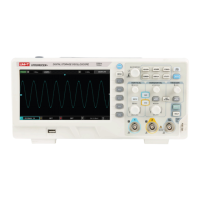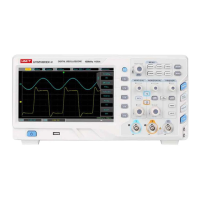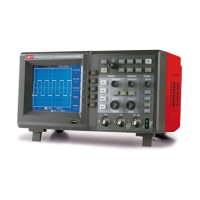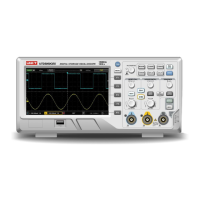UTD2000 Series User Manual
2
Preface
Dear custumer,
Thank you for choosing this UNI-T device. In order to safely and correctly use this
instrument .please read this manual thoroughly, especially the Safety Notes part. After
reading this manual, it is recommended to keep the manual at an easily accessible place,
preferably close to the device, for future reference.
Copyright and Declaration
Copyright Information
UNl-T Uni-Trend Technology (China) Co., Ltd. All rights reserved.
Trademark Information
UNI-T is the registered trademark of Uni-Trend Technology (China) Co., Ltd.
Document Version
UTD2000 -20190520-V2.00
Statement
UNI-T products are protected by patent rights in China and other countries, including
issued and pending patents.
UNI-T reserves the rights to any product specification and pricing changes.
UNI-T reserves all rights. Licensed software products are properties of Uni-Trend and
its subsidiaries or suppliers, which are protected by national copyright laws and
international treaty provisions.
Information in this manual supercedes all previously published versions.
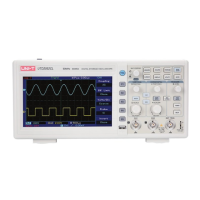
